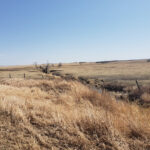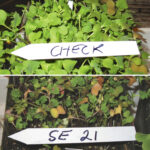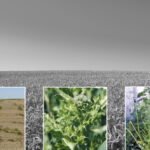MarketsFarm — As higher-than-normal temperatures become almost a weekly occurrence in Western Canada amidst tightening carryout stocks, canola seems primed for another extended rally. Despite rains in Western Canada over the past three weeks, providing some relief for canola crops and triggering fund liquidation on the markets, carryout remains very low, with warmer temperatures exacerbating […] Read more













